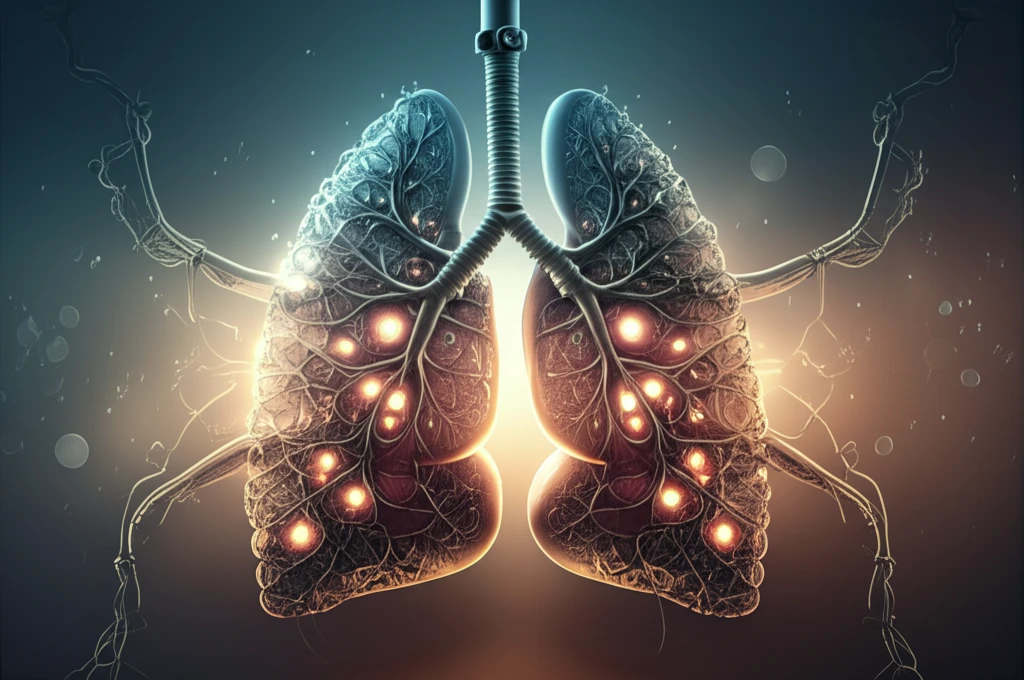
Breathe Easier: Understanding and Treating Tracheobronchial Fistulas and Stenosis
"A comprehensive guide to complex airway conditions and innovative stent solutions for improved breathing and quality of life."
Imagine struggling to breathe, your airways constricted or compromised by abnormal connections. Tracheobronchial fistulas and stenosis are severe conditions affecting the trachea and bronchi, the major airways leading to your lungs. These conditions can arise from various causes, including surgery for lung or esophageal cancer, endobronchial tuberculosis, and even thoracic trauma.
A tracheobronchial fistula is an abnormal connection between the trachea or bronchi and another structure, such as the esophagus (food pipe). This can lead to severe coughing, choking, and respiratory infections as food or liquids enter the airways. Tracheobronchial stenosis, on the other hand, involves a narrowing or stricture of the trachea or bronchi, obstructing airflow and causing shortness of breath, wheezing, and chronic coughing.
Historically, treating these complex airway problems has been challenging. Traditional medical and surgical approaches often yield unsatisfactory results, leaving patients with limited options. However, recent advancements in interventional pulmonology offer new hope. One such advancement is the use of multiple bifurcated covered self-expanding metallic stents, a minimally invasive technique that shows promise in managing complex tracheobronchial fistulas and stenosis.
What are Bifurcated Covered Stents and How Do They Work?

Bifurcated covered stents are specialized medical devices designed to address airway problems occurring at the carina, the point where the trachea divides into the two main bronchi. These stents are typically made of a flexible metal mesh covered with a biocompatible material. The bifurcated design allows the stent to conform to the Y-shape of the carina, providing support to the airways and sealing off any abnormal connections.
- Preoperative Preparation: The patient undergoes a thorough evaluation, including bronchoscopy and chest CT scans, to determine the location and size of the fistula or stenosis.
- Stent Selection and Customization: Based on the patient's anatomy, the appropriate size and type of bifurcated covered stents are selected. The stents can even be customized to ensure a perfect fit.
- Stenting Procedure: Under fluoroscopic guidance (real-time X-ray imaging), the stents are carefully deployed into the trachea and bronchi. The large bifurcated stent is positioned at the carina, while smaller stents may be placed in the main bronchi to provide additional support.
- Post-operative Care: After the procedure, patients are monitored for any complications. Bronchoscopy is often performed to confirm the sealing of the fistula or the relief of the stenosis.
Looking Ahead: The Future of Airway Stent Technology
Multiple bifurcated covered metallic stenting represents a significant advancement in the treatment of complex tracheobronchial fistulas and stenosis. This minimally invasive technique offers a safe and effective way to improve breathing and quality of life for patients with these challenging conditions. As technology evolves, we can expect further innovations in stent design and delivery, leading to even better outcomes for patients with airway disorders.
